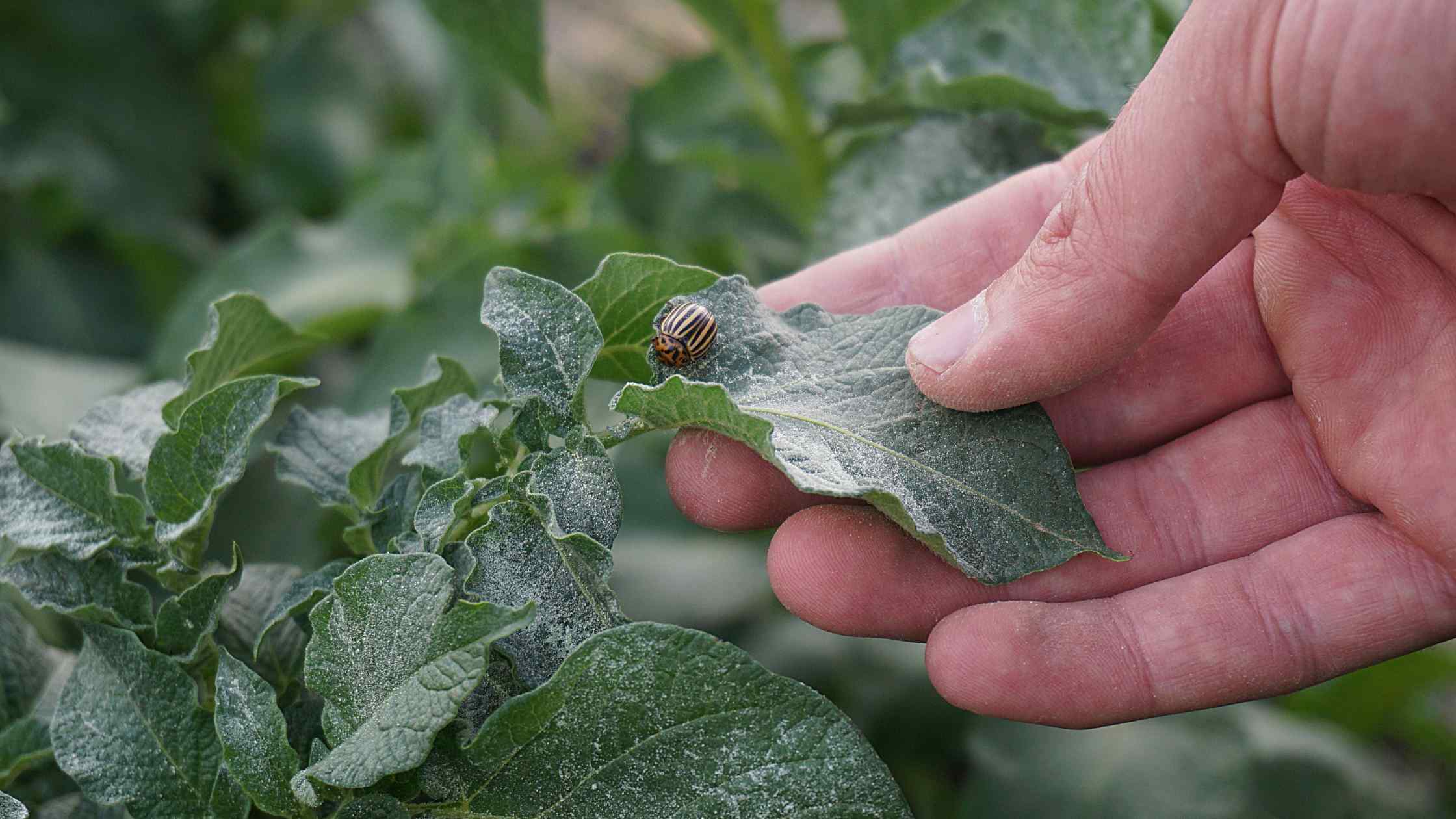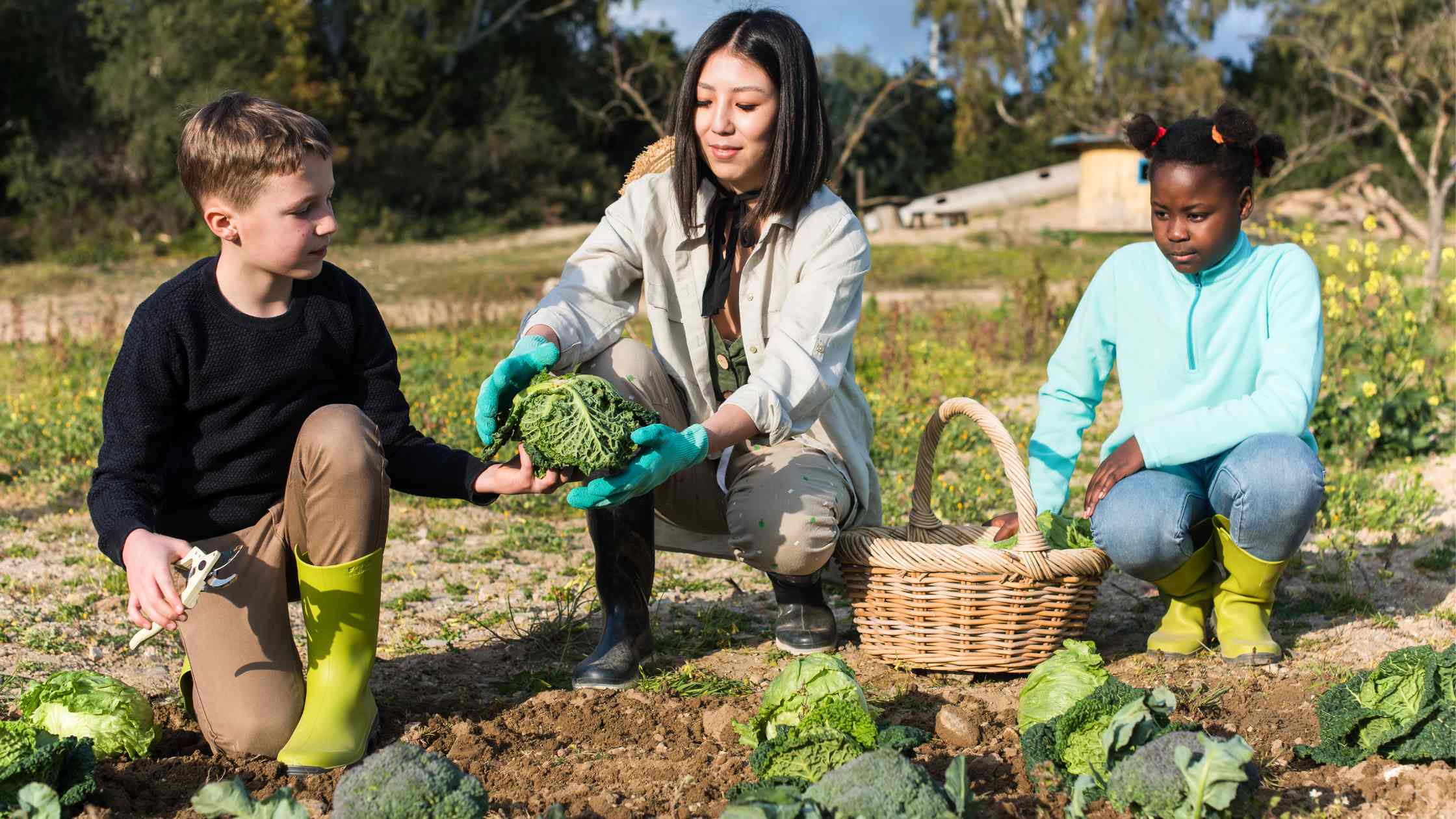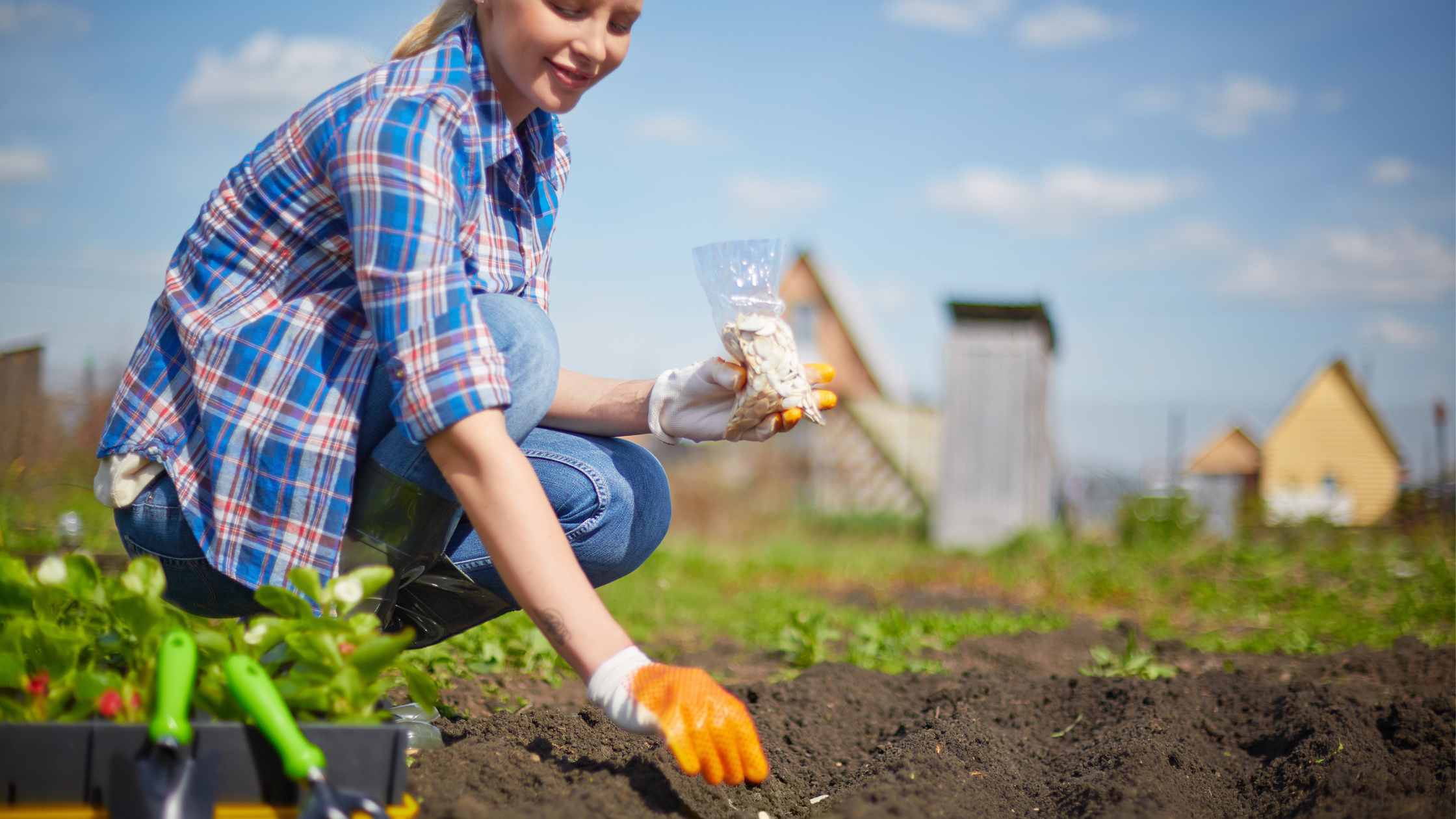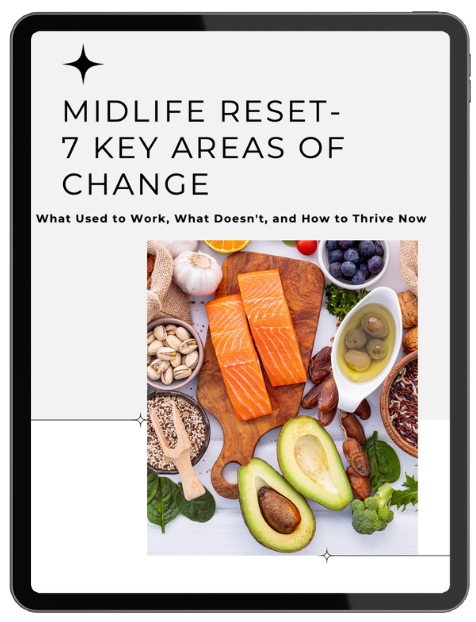If you’ve ever dreamed of growing your lush and bountiful vegetable garden, you’ve come to the right place.
Whether you have acres of land or a small patch in your backyard, I’m here to guide you to a thriving vegetable garden.
Growing your veggies isn’t just rewarding; it’s also a fantastic way to connect with nature and enjoy fresh, flavourful produce right at your doorstep. So, grab your gardening gloves and let’s get our hands dirty!
1.Preparing the Ground: Laying the Foundation for Success
Before we dive into the exciting part of planting and sowing seeds, let’s talk about the crucial first steps to setting up a flourishing vegetable garden. The key here is to start with the right foundation, which means preparing the soil.
Understanding Soil Preparation: When growing vegetables, soil quality is non-negotiable. You want nutrient-rich, well-draining soil encouraging root development and overall plant health. Test your soil pH and fertility levels, and amend it as needed. Compost, aged manure, and organic matter are your garden’s best friends.
Companion Planting: A neat gardening trick is to choose companion plants wisely.
Certain plants have natural synergies, where one plant’s presence can benefit its neighbours. For example, planting basil alongside tomatoes can help deter pests and enhance the flavour of tomatoes.
2. Planting and Sowing: The Green Magic Begins
With your soil prepped and ready, it’s time to get planting! One of the most enjoyable aspects of gardening is selecting the vegetables and herbs you’d like to grow.
Choosing the Right Plants: Consider your climate and growing conditions when selecting vegetables. For warm climates, heat-loving vegetables like tomatoes, peppers, and cucumbers thrive. In cooler regions, go for leafy greens, carrots, and beets.
Seeds or Seedlings: You can start from seeds or use seedlings from a local nursery. Each option has its benefits. Starting from seeds allows you to experience the entire growth process, while seedlings give you a head start.
3. Nurturing Your Green Babies: Water, Sun, and Love
Like all living things, your vegetable garden needs care and attention to flourish. Let’s explore the vital aspects of nurturing your green babies.
Watering Wisely: Proper watering is essential for healthy plants. Aim to water deeply, providing enough moisture to reach the root zone. Using mulch around your plants can help preserve water and prevent weeds from growing.
Sunlight Necessities: Most vegetables love sunlight, so ensure your garden gets at least 6-8 hours of direct sunlight per day. However, be mindful of the specific requirements of each plant, as some may prefer partial shade.
4. Keeping Pests at Bay: A Battle Worth Winning
As your vegetable garden starts to bloom, you might encounter uninvited guests like aphids, snails, or pesky rabbits. But don’t worry; there are eco-friendly ways to tackle these challenges.
Natural Pest Control: Welcome nature’s allies by bringing in beneficial insects such as ladybugs and praying mantises, which eat harmful pests. You can also make DIY organic sprays using ingredients like neem oil or garlic to deter unwanted visitors.

5. Reaping the Fruits of Your Labour: Harvest Time
The moment you’ve been waiting for has arrived: harvest time! There’s nothing quite like the satisfaction of picking your own ripe, fresh vegetables from the garden.
Harvesting with Care: Be gentle when harvesting your crops to avoid damaging the plant. Different vegetables have different harvesting techniques; for instance, snap peas are ready when the pods are plump, while lettuce leaves can be picked when they reach your preferred size.
6. Maximizing Your Harvest: Succession Planting
Now that you’ve experienced the joy of harvesting your first batch of vegetables, why stop there? Succession planting is a brilliant technique that keeps the yields coming throughout the growing season.
Understanding Succession Planting: Succession planting involves staggering your plantings to continuously have fresh crops ready for harvest. As you harvest one crop, you immediately plant another in its place. This ensures a steady supply of veggies and maximizes your garden’s productivity.
Choosing the Right Succession Crops: opt for vegetables with short growing cycles, like radishes, spinach, and baby lettuce, for your succession plantings. These fast-growing crops will quickly fill in the gaps left by harvested plants.
7. Unlocking the Secrets of Organic Fertilization
You’ve likely heard the phrase “healthy soil, healthy plants.” One of the keys to achieving nutrient-rich soil is through organic fertilization. Let’s explore the secrets of nourishing your garden the natural way.
Composting Magic: Composting is a great way to make your own natural fertilizer. Collect kitchen leftovers such as fruit peels, coffee grounds, eggshells, and yard waste like leaves and grass clippings. As time goes by, these natural materials will decompose into nutrient-rich compost that you can mix into your soil.
Utilizing Companion Planting for Fertilization: Remember our earlier discussion on companion planting? Some plants, like legumes (e.g., beans and peas), are natural nitrogen fixers. They have a symbiotic relationship with certain bacteria that enrich the soil with nitrogen, benefiting neighbouring plants.
8. Embracing the Beauty of Seasonal Diversity
As you become more experienced in gardening, you’ll discover the beauty of embracing seasonal diversity in your vegetable garden. Each season offers a unique selection of vegetables that thrive in specific weather conditions.
Spring: A Time for Greens and Early Crops: In the spring, indulge in leafy greens like spinach, lettuce, and arugula. Early crops like radishes, peas, and beets also love the cooler temperatures of this season.
Summer: Abundance of Colours and Flavours: Summer brings vibrant colours and flavours. Tomatoes, peppers, zucchinis, and cucumbers thrive during the warm months, filling your garden with delicious goodness.
Fall: Root Vegetables and Hearty Greens: As the weather cools, it’s time to celebrate root vegetables such as carrots, turnips, and sweet potatoes. Hearty greens like kale and Swiss chard also shine during this season.
Diversifying with Herbs: Don’t forget to include herbs in your garden to add aromatic flavours to your dishes year-round. Basil, mint, parsley, and rosemary are just a few examples of versatile herbs that are easy to grow.

Conclusion
Congratulations, you’ve successfully grown a thriving vegetable garden! From the very first seedling to the final harvest, this journey has been both rewarding and educational. As you savour the delicious flavours of your homegrown produce, take pride in knowing that you’ve nurtured life from seed to plate while contributing to a sustainable and eco-friendly way of living.
Remember, gardening is a continuous learning experience. Don’t be afraid to experiment and try new vegetables or techniques each season. Your vegetable garden will evolve as you grow alongside it. So, keep that passion for gardening alive, and let nature’s wonders unfold before your eyes. Happy gardening, and may your vegetable patch forever be a source of joy and nourishment!



